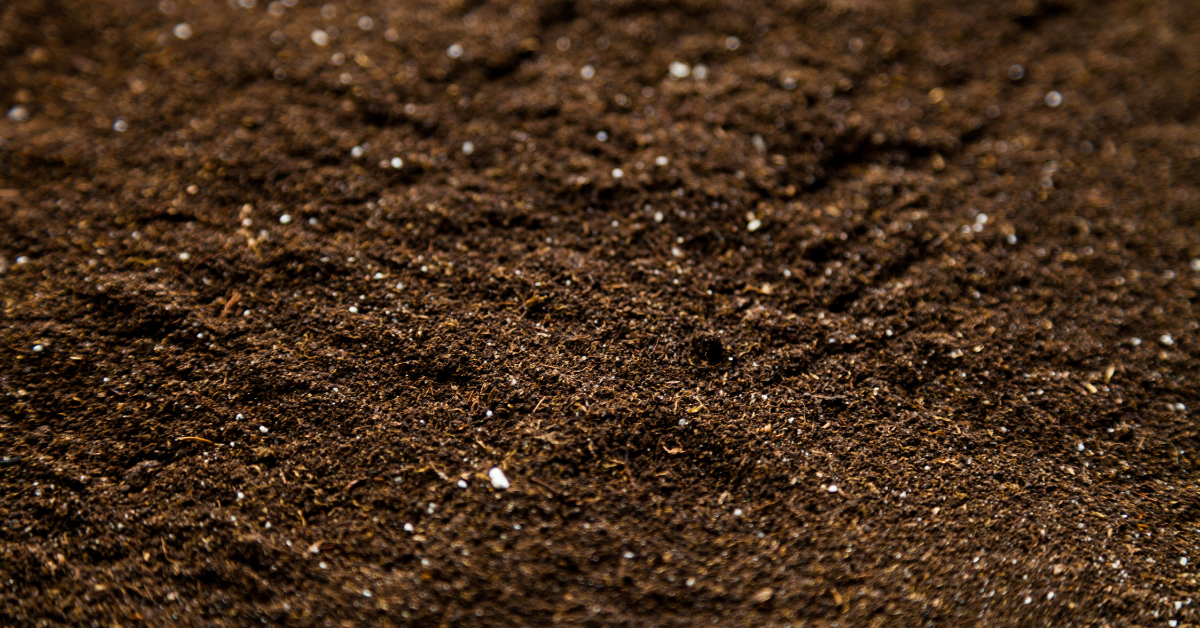In Japan’s most prestigious High School Baseball Tournament at Koshien, defeated players scoop soil from the field to take home. This soil is not just dirt—it is a symbol of hard work, friendship, and unforgettable memories. A unique blend of black volcanic soil and light-colored sand, it reflects both the physical and cultural foundation of Japanese baseball.
What Is Koshien Soil?
Koshien soil refers to the special blend of black soil and sand that covers the infield of Hanshin Koshien Stadium. Losing players taking it home has become a famous custom. For them, the soil is not simply dirt—it is the proof of their challenge. In Japanese high school baseball, the journey and effort are valued as much as winning or losing. Thus, bringing the soil home has become a symbolic ritual that preserves the memory of competing at the sacred ground.
Some players scatter the soil on their school’s practice field to share it with future teammates, while others keep it in bottles or display cases as lifelong mementos. Unlike in many foreign tournaments where medals or trophies dominate, in Japan nature itself becomes the carrier of memory.
Origin and Characteristics of the Soil
The infield soil of Koshien is a blend of Shibushi black soil and Joyo hill sand. The black soil, derived from volcanic ash, has excellent water retention and stays firm without becoming overly hard. The hill sand, pale beige in color, drains quickly and prevents puddling after rain.
| Type | Origin | Characteristics |
|---|---|---|
| Black Soil | Shibushi, Kagoshima | Volcanic ash-based, retains water well, compacts firmly |
| Hill Sand | Joyo, Kyoto | Light beige, excellent drainage, resists drying cracks |
This combination allows the field to remain playable even in heavy rain or intense summer heat.
Seasonal Adjustments in the Blend
Koshien hosts two major tournaments each year—spring and summer. The soil mixture is adjusted according to the season.
| Season | Blend Characteristics | Purpose |
|---|---|---|
| Spring | More sand | To improve drainage during rainy months |
| Summer | More black soil | To enhance ball visibility under strong sunlight |
The team at Hanshin Landscaping makes subtle adjustments by considering humidity, temperature, and even wind direction. They are true masters of soil management.
Historical Changes in Soil Sources
The current mixture was reached after decades of experimentation with different soils and sands.
| Era | Main Source | Notes |
|---|---|---|
| Early years | Nihonbara (Okayama), Suzuka (Mie) | Various black soils tested |
| Postwar era | Daisen (Tottori), Mie-machi (Oita) | Differences in grain size and color compared |
| Sand history | Koshien beach, Seto Inland Sea, Fujian, China | Varied in tone and drainage |
These trials eventually produced today’s optimal blend, renowned worldwide for its balance and quality.
The Craftsmanship of Hanshin Landscaping
Hanshin Landscaping is a professional team that manages Koshien’s field. Their work after rain—restoring the ground within minutes—has earned the nickname “divine maintenance.”
| Task | Role |
|---|---|
| Watering | Adjusts moisture and soil hardness |
| Rolling | Compacts surface for stability |
| Raking | Levels and evens color and texture |
| Judgment | Reads weather to decide if games can continue |
Their skills ensure both safety and fairness in play, making them indispensable to Koshien.
Cultural Meaning of the Soil
Taking soil home is more than a habit—it embodies Japanese values in sports.
| Perspective | Meaning |
|---|---|
| Players | A symbol of effort and shared memories |
| Schools | Scattered on practice fields to pass on tradition |
| Families | Preserved in cases as lifelong treasures |
| Spectators | A powerful, emotional image of youth |
This custom highlights Japan’s focus on process and spirit, unlike the medal-centered culture common overseas.
Enjoying Koshien as a Visitor
For those visiting Koshien, observing the soil and its management can deepen the experience.
| Point of Interest | Explanation |
|---|---|
| Infield color | Contrast of black soil and beige sand is striking |
| Maintenance work | Watch the teamwork of Hanshin Landscaping |
| Post-game scenes | Players collecting soil is deeply moving |
| Infield vs. Outfield | Infield is blended soil, outfield is grass |
These details allow visitors to see Koshien not only as a baseball venue, but as a cultural heritage site.
Conclusion
Koshien soil is a carefully designed mixture of Kagoshima’s black soil and Kyoto’s hill sand, preserved and refined by the skills of Hanshin Landscaping. Seasonal adjustments, historical experiments, and the symbolic act of players taking soil home have all combined to make it one of the most unique traditions in world baseball.
A handful of Koshien soil is more than dirt—it is the embodiment of effort, friendship, and hope for the future. For foreigners, understanding this tradition offers a profound glimpse into Japanese culture and the spirit of its youth sports.






